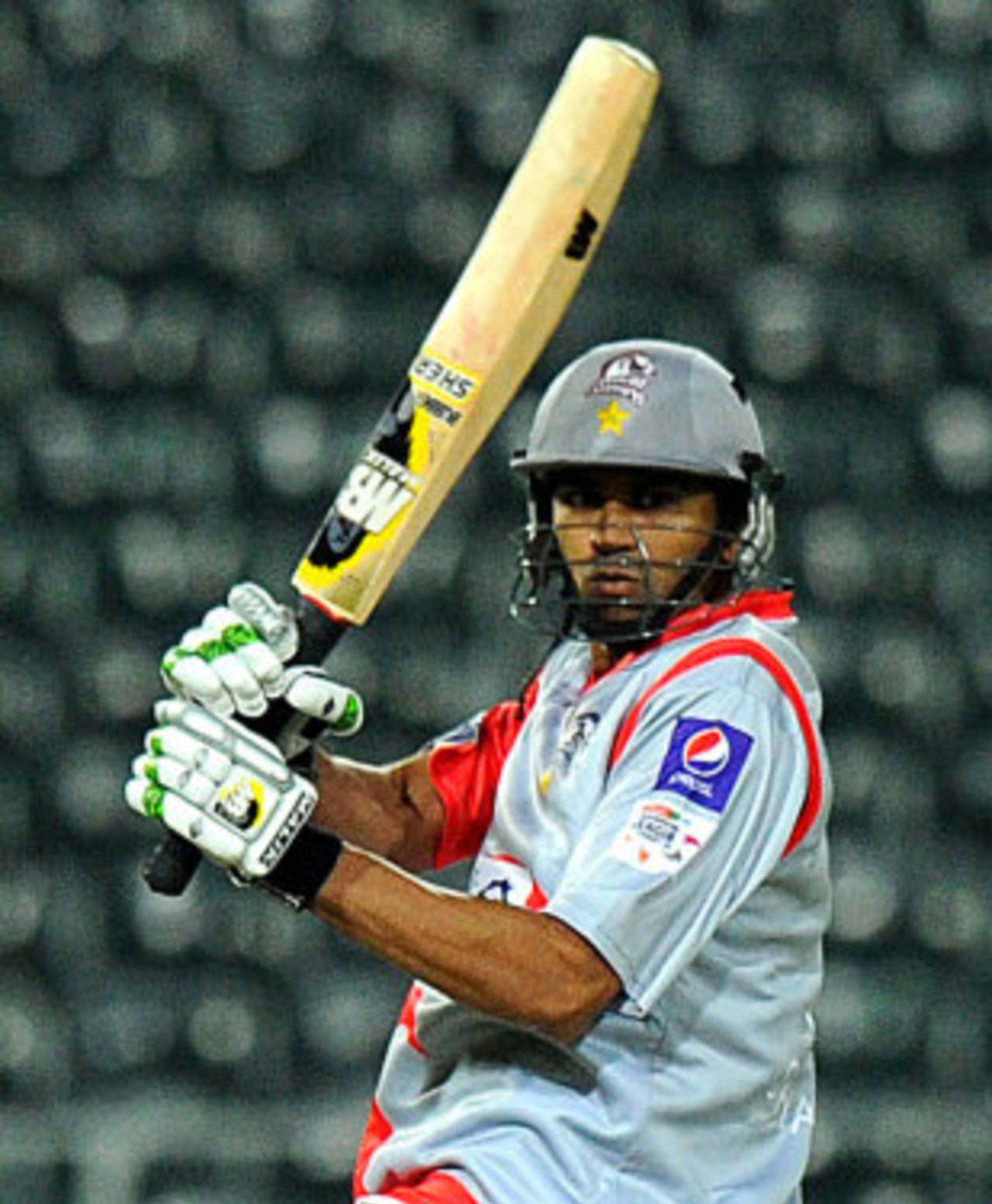Pakistan domestic cricket has been stumbling over shaky ground for the last decade, with a lot of experimentation. The current season, with another revamped structure, got off to an ideal start, however, with well-contested games and competitive results.
The season began with
the President's Trophy, as ten departmental teams played a round-robin league phase, with nine matches each. Habib Bank Limited and Sui Northern Gas Pipelines Limited qualified for the final, which has been pushed back for an indefinite period to make way for the domestic Twenty20 Cup starting on Saturday.
Previously, first-class competition centred on the Quaid-e-Azam Trophy, which for the last two seasons comprised 22 teams (13 regional and nine department teams) in two divisions, formatted on a promotion and relegation system. It was revamped this year by separating regional and departmental cricket, creating two first-class events with equal quality. The new structure has created a sense of stability and promoted a competitive spirit, with the top teams in the President's Trophy playing against a mixture of tough opponents rather than the rookie cricketers of the region.
Several batsmen enjoyed the best seasons of their careers. Umar Amin was the leading run-scorer, with 767 in nine matches at 45.11, but Haris Sohail of ZTBL had a big impact, making 673 runs at 134.60, with four hundreds. In the bowlers chart,
left-arm spinner Zulfiqar Babar has changed the precedent of fast-bowler dominance, leading the table with 62 wickets, followed by Ehsan Adil (53) - a promising prospect from the Under-19 side.
Apart from the structural changes, the PCB ensured star presence in the inaugural edition of the President's Trophy. Leading Test cricketers, Misbah-ul-Haq, Younis Khan, Mohammad Hafeez, Azhar Ali, Umar Gul, and Saeed Ajmal all featured for their respective teams. This perhaps was largely to do with the upcoming India series, wanting them to get some competitive match practice before the tour.
Domestic cricket in the country has been accused of encouraging too many dead-rubber matches, undermining efforts to produce 'world class' Test players, ready for the bigger stage. The structure has suffered for many years due to the unique peculiarities of Pakistan cricket but PCB director general, Javed Miandad, has defended the inconsistency in the system and hinted that more changes could be offing.
"We can't compare our system to any other country not even with the neighbouring India," Miandad told ESPNcricinfo. "Every country has a unique system in place, with its own resources. Look at India - a country with a huge population, even they are suffering to produce a world-class cricketer at the moment from the domestic system. So [the new format] is mainly a trial and taking chances in cricket is very important. Nothing is permanent and it can't be until you start feeling it is close enough to perfection."
In the past few years, a majority of players who have represented the national team have come from the departments and corporate teams and these teams dominate the competitions. The regional teams tend to serve as major nurseries for emerging talents, with the players that perform well over time being recruited by the corporates, who provide higher levels of remuneration and/or other employment opportunities. The previous first-class tournament, with a mixture of regional and departmental teams, did not allow selectors to get a clear picture of players' relative merits.
"The major reason to separating regions and department is to see the difference by putting the teams at a level where the strengths of the teams competing against each other are same," Miandad said. "We got good, positive feedback from the players and officials who are at the games and playing the games. With their feedback, there might be a possibility that next year's structure will be different again, but again it's for the betterment [of Pakistan cricket] that such experimentation could continue.
"In our country, some non-technical people have made our cricket sensitive. Rules are meant to change with the passage of time and problems we face. We have unique problems in our country with limited resources. There are opinions that may be good but practically are not applicable within our system."
Umar Farooq is ESPNcricinfo's Pakistan correspondent
